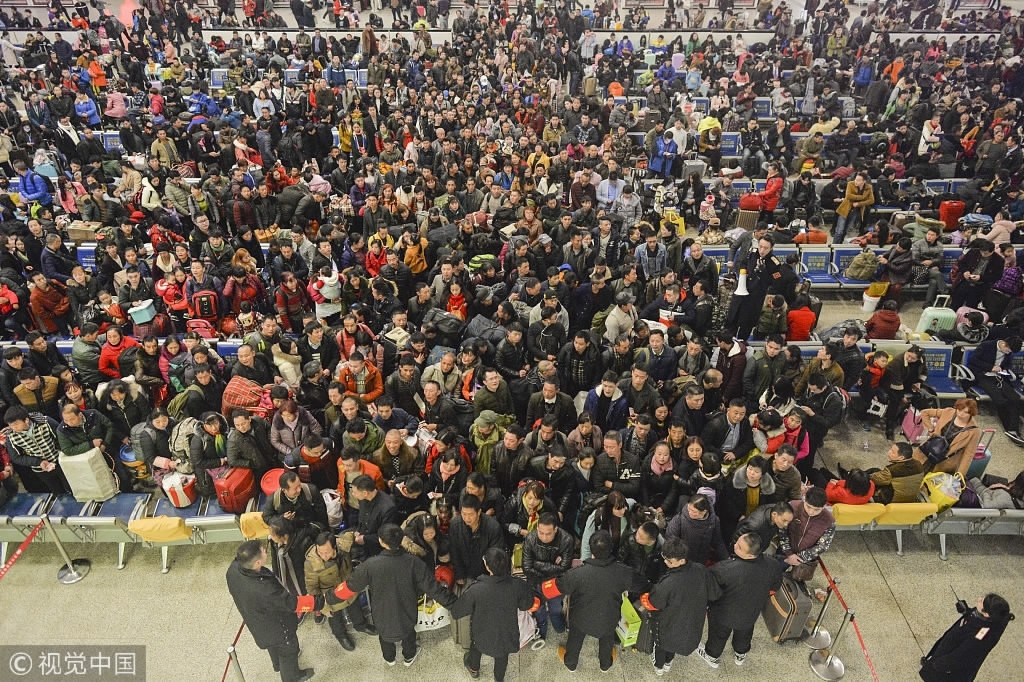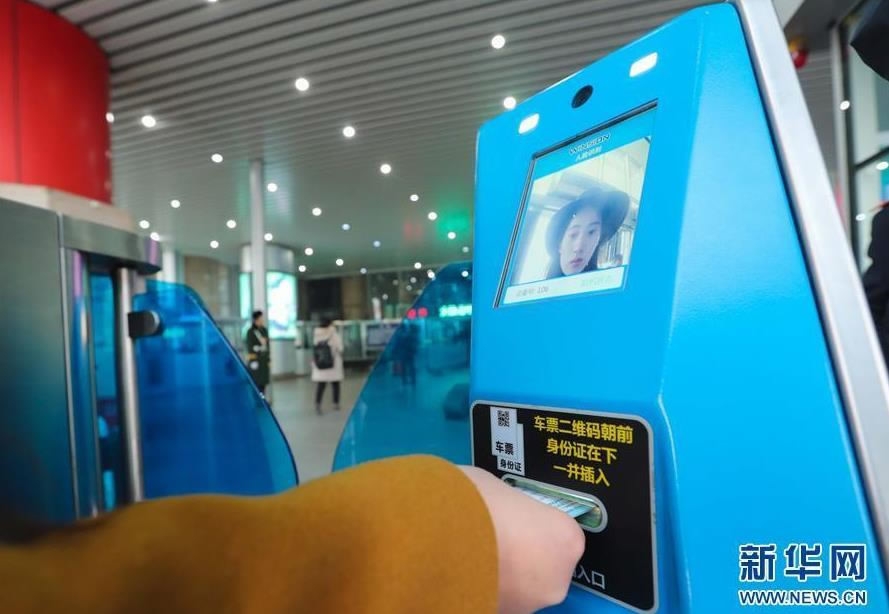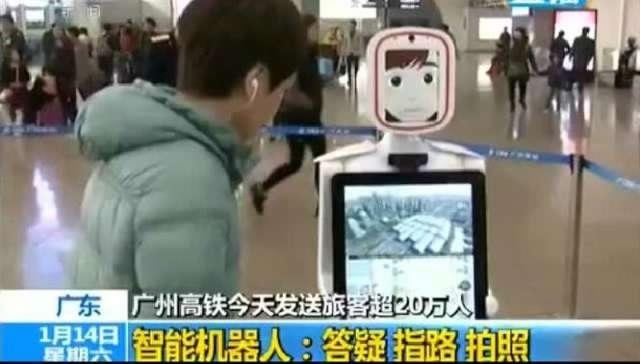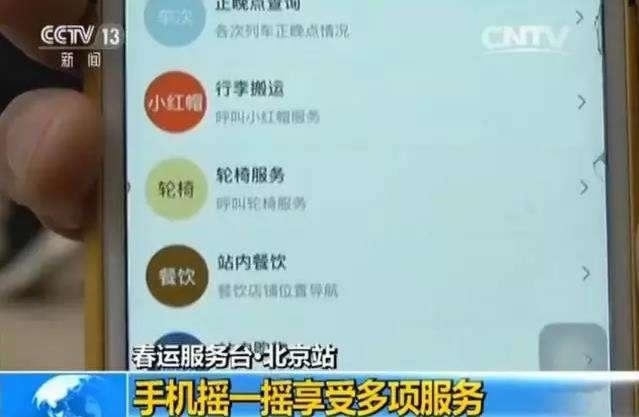China will soon usher in one of its most spectacular scenes – "Chunyun", the 40-day Spring Festival travel rush, the world's largest annual human migration.
The overwhelming number of people crowding train stations can put many in a negative holiday mood.
Last year, China saw 2.98 billion trips made during Chunyun, among which 356 million were made by train, according to China Railway. The company predicted an increase of 30 million trips for 2018’s rush from February 1 to March 12.

People are waiting to get on board during Spring Festival travel rush in 2017. /VCG Photo
People are waiting to get on board during Spring Festival travel rush in 2017. /VCG Photo
This year’s Spring Festival falls on February 16, and the Chunyun tickets sale has started selling as early as January. Travelers can buy tickets online or through calls in up to 30 days in advance, or up to 28 days at ticket booths.
Here are five tips on how to make your train trips less of a hassle.
1. Mark the dates

In green, the farthest date you can buy tickets online and through calls. In orange, the farthest date people can buy tickets at ticket booths. /China Railway Photo
In green, the farthest date you can buy tickets online and through calls. In orange, the farthest date people can buy tickets at ticket booths. /China Railway Photo
The early bird gets the worm. If you are trying to arrive at your destination on time, you may want to check the earliest day you can buy the tickets. China Railway has marked out the earliest date people can buy tickets for travels on February 1 to March 14. For example, if you are buying tickets for Spring Festival, February 16, the earliest day you can buy it is on January 18 online and January 28 at a booth.
2. Skip the confusing CAPTCHA

An example of China Railway ticket selling website's CAPTCHA /Screenshot of 12306.com
An example of China Railway ticket selling website's CAPTCHA /Screenshot of 12306.com
China Railway’s ticket website may have the world’s worst verification system as it has sparked outrage online.
The website’s CAPTCHA, a type of test used to tell humans and machines apart, provides a series of small and low-resolution images asking ticket buyers to identify certain objects. Four failed attempts will lead to the lock of their accounts for 20 minutes. For years, Chinese netizens have shared how this experience ultimately made them miss the tickets they wanted to buy.
Thankfully, since the 2017’s Chunyun ticket sale, the company removed the step for a smoother buying experience. Long before that, however, many had turned to third-party platforms such as WeChat and Ctrip to buy tickets. So if it ever comes back this year, you know what to do.
3. Try out facial scan check-in

Many major cities in China has rolled out face scan check-ins in 2017. /China News Service Photo
Many major cities in China has rolled out face scan check-ins in 2017. /China News Service Photo
For those who are not fond of human interactions at any check-ins, this is good news.
During Spring Festival travel rush in 2016, Beijing Railway Station has first tested out facial recognition check-in system.
The technology saw a faster (usually around five seconds) and hassle-free experience, and was quickly rolled out in many other major cities in China throughout 2017, namely Shanghai, Zhengzhou in Henan Province, Xi’an in Shaanxi Province, Taiyuan in Shanxi Province, Wuhan in Hubei Province, Changsha in Hunan Province, Nanchang in Jiangxi Province, and Guangzhou in Guangdong Province.
Anyone traveling in these cities with a Chinese identification card and a blue ticket can choose face scan check-ins. Sadly, people with discount tickets and the red tickets without the built-in magnetic strips still have to go through manual check-ins.
4. Ask a robot

A robot is leading the way for a traveler in Guangzhou, Guangdong Province during 2017's Spring Festival travel rush. /CGTN Photo
A robot is leading the way for a traveler in Guangzhou, Guangdong Province during 2017's Spring Festival travel rush. /CGTN Photo
It’s not over once people get in the station because they may see an overwhelmingly large crowd and get lost.
Starting last Chunyun, many railway stations across China have placed robots onsite to help travelers navigate. With China’s effort to boost the artificial intelligence (AI) market and with positive feedback the robots have received, travelers may see such robots on site again this year ready to serve the commuters.
5. Keep your mobile device close

Travels are using WeChat to call for wheelchair services, order food, and navigate through Beijing Railway Station during 2017's Chunyun. /CGTN Photo
Travels are using WeChat to call for wheelchair services, order food, and navigate through Beijing Railway Station during 2017's Chunyun. /CGTN Photo
Beijing Railway Station joined hands with the messaging app WeChat starting last year. Using WeChat’s Shake feature, travelers can shake their mobile devices to trigger a list of services including navigation and wheelchair ordering.
Once on the train, China Railway’s official app, Railway12306, will take you from there. The company also added on-board food ordering and taxi hailing features in its app this year for a more convenient and seamless travel.








